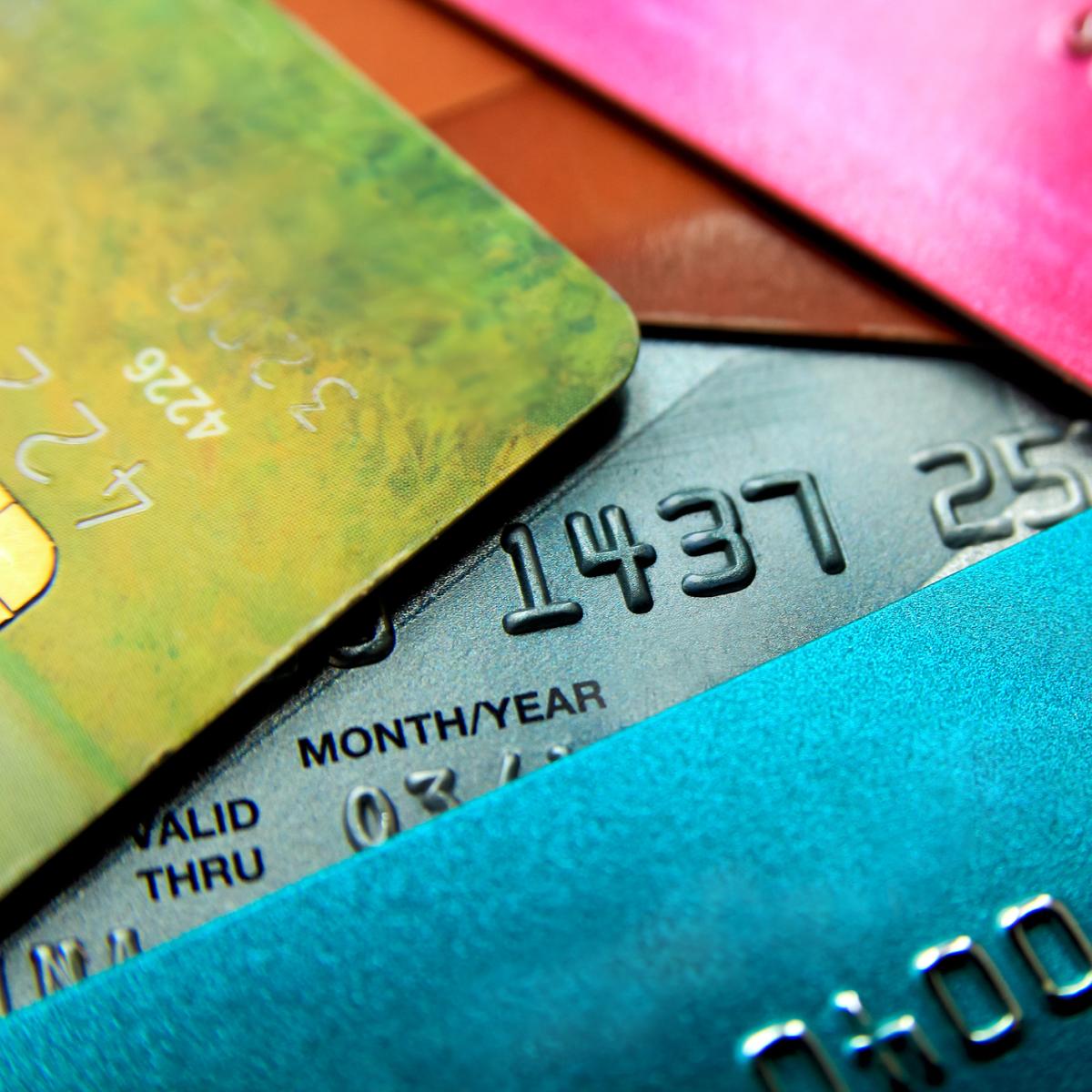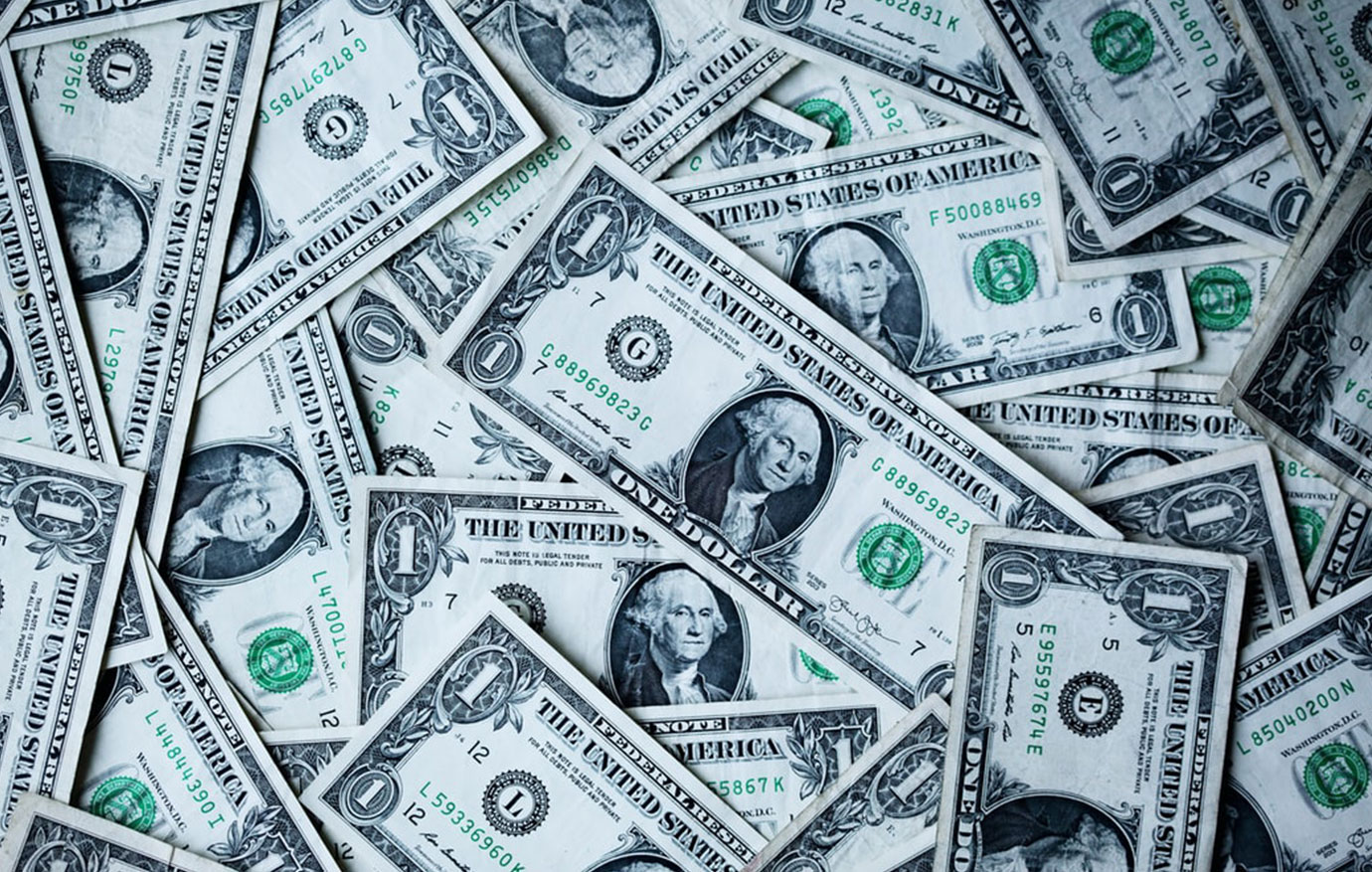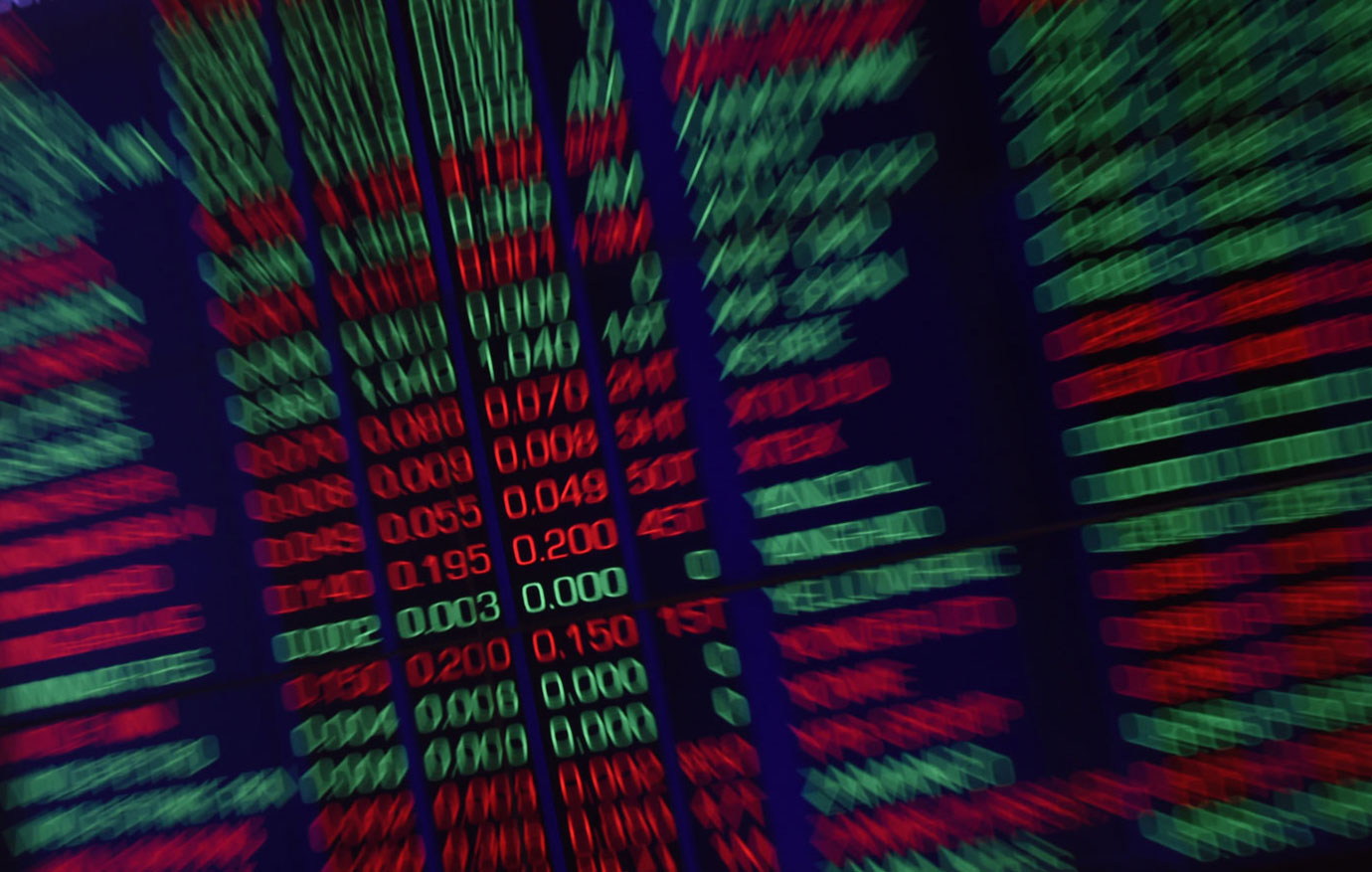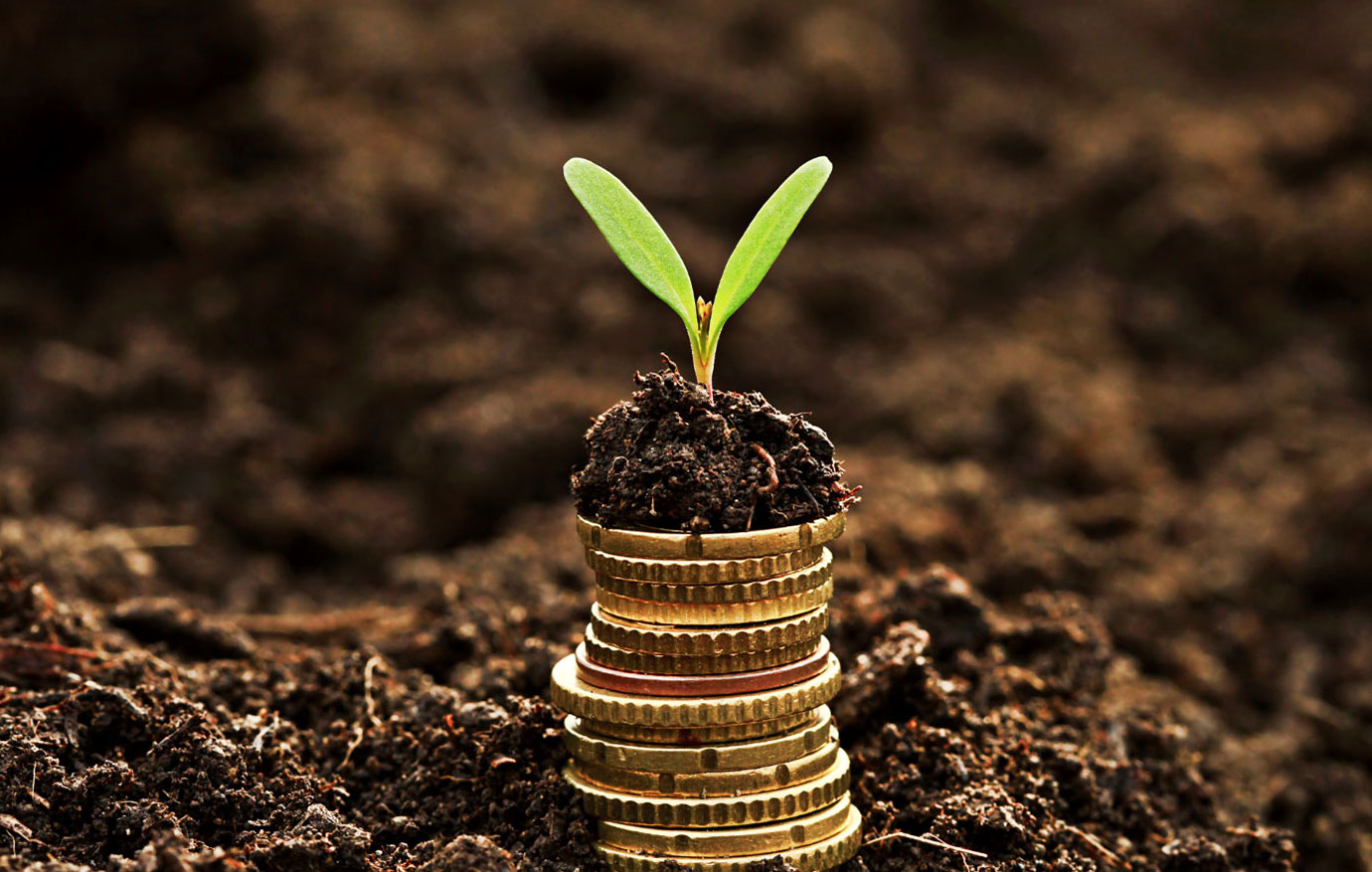
US Household Saving Rate Vanishes, Credit Card Debt Soars
The United States consumption figure seems robust. An 0.9 percent rise in personal spending in April looks good on paper, especially considering the challenges that the economy faces. This apparently strong figure is supporting an average consensus estimate for the second-quarter gross domestic product (GDP) of 3 percent, according to Blue Chip Financial Forecasts.
However, the Atlanta Fed GDP nowcast for the second quarter stands at a very low 1.9 percent. If this is confirmed, the United States economy may have delivered no growth in the first half of 2022 after the decline in the first quarter, narrowly avoiding a technical recession.
The evidence of the slowdown is not just from temporary and external factors. Consumer and business confidence indicators present a less favorable environment than the expectations of an optimistic market consensus. According to the Focus Economics aggregate of estimates, the United States economy should grow a healthy 3.6 percent in 2022, helped by very strong third and fourth quarters, at 4.9 percent and 5.5 percent growth, respectively. The main driver of this surprisingly resilient trend is the unstoppable consumption estimates. However, there are important clouds on the horizon for the American consumer.
We cannot forget that consumer figures have been relatively solid, but at the same time, there has been a collapse in saving, with the personal saving rate falling from 8.7 percent in December to a fourteen-year low of only 4.4 percent in April.
The United States personal saving rate is now 3.3 percent below its prepandemic level, and in early May, the University of Michigan consumer confidence index fell from 65.2 to an eleven-year low of 59.1, deep into recessionary risk territory.
The plummeting saving rate is deeply concerning. It proves that consumers are suffering from elevated inflation as real wages remain in negative territory. From April 2021 to April 2022, seasonally adjusted real average hourly earnings decreased 2.3 percent, according to the Bureau of Labor Statistics.
Put these two figures together—real average earnings down 2.3 percent and the household saving rate almost halved. Families are struggling, wages are dissolved by inflation and savings are being wiped out. Consumer credit card debt is almost at all-time highs. Balances rose to $841 billion in the first three months of 2022, according to data from the Federal Reserve Bank of New York.
The astronomical level of credit card debt arrives just as rate hikes start to make a significant impact on families’ ability to repay their financial commitments.
Despite the perception of a solid economy with a tight labor market and rising nominal wages, the reality of the United States is that massive deficit spending and inflationary policies are hurting the middle and working classes. Unemployment may be low, but the employment-to-population and labor-participation rates remain poor, and the so-called Great Resignation is starting to reverse as citizens struggle financially.
It seems very difficult to believe that consumers will end the 2022 fiscal year with the current levels of consumption growth, but the real challenge will appear in 2023. The buffers that families and businesses built in 2020 have all but disappeared.
In the other G7 economies the situation is the same. With the latest data available, the household saving rate in the eurozone, Japan, and UK has fallen below prepandemic levels, according to JP Morgan.
The key is inflation. If consumer prices continue to be elevated into the third quarter, it is very hard to believe that citizens will be comfortable depleting savings to continue consuming at the same pace as during the first half of 2022. People in developed economies are not used to high inflation and seem to be accepting the mainstream idea that price increases will drop in the next months. However, this may be a bad idea. Food prices are at all-time highs, oil and gas prices are supported by geopolitical risks and poor inventory levels, and the government deficit spending means that consumption of monetary reserves will continue to be extraordinary.
US families may have been patient these past months, but they cannot perform miracles. If inflation persists, the trend of real wages and savings will inevitably lead to a slump in demand and a higher recession risk.



